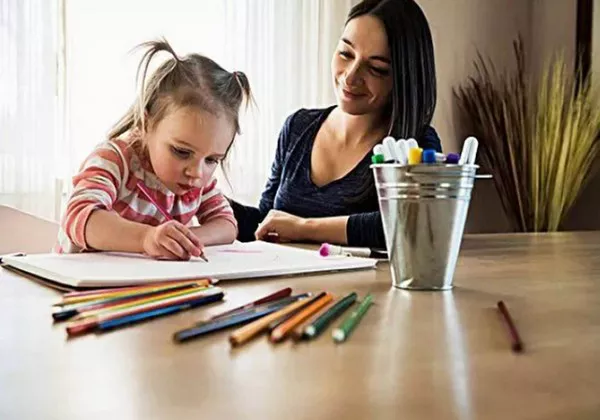WASHINGTON D.C. (AP) — With the summer season leading to increased social media usage among young people, concerns about its impact on mental health are mounting. In light of these concerns, U.S. Surgeon General Vivek Murthy has called on Congress to mandate warning labels for social media platforms, akin to those on cigarettes and alcohol, due to the “significant mental-health harms for adolescents.”
A recent survey by the Brookings Institution revealed that 73% of parents in California observe higher social media use among their children compared to other states. Murthy’s recommendation aims to highlight the potential dangers and spark a nationwide conversation on the issue.
Although the surgeon general cannot enforce policy, the announcement has been well-received by mental health professionals. Dr. Willough Jenkins, a child psychiatrist at Rady’s Children Hospital, believes Murthy’s strong stance could influence public opinion and lead to meaningful discussions about youth mental health.
“With him taking such a strong stance, it really allows us to have conversations with our children, with our school teachers, with our communities, and how we can support our children with their mental health,” Jenkins said.
The specifics of how these warnings would be implemented remain unclear. However, Jenkins views this proposal as a positive step. Over the past six years, she has made it a practice to screen her patients for social media usage, recognizing its significant role in their mental health.
“For every single child that I see, we talk about social media, and it always plays a part in what’s going on for them,” Jenkins noted. “The children that struggle the most are probably in the 10- to 14-year-old range. They really struggle with understanding, moderating, and limiting what they’re seeing on social media.”
Social media’s impact can vary across different demographics. The Brookings Institution survey found that 71% of Latino parents reported heavy social media use among their children aged 10-18, with 76% indicating that a warning label would prompt them to limit their children’s use.
“In San Diego, we have a large proportion of both Black and Latino children. They engage with social media in somewhat different ways,” Jenkins explained. She added that while social media can help these youths connect with their communities, it also exposes them to higher rates of online bullying. According to the Pew Research Center, 70% of Black teens and 62% of Hispanic teens view online harassment and bullying as a major issue, compared to 46% of white teens.
Latino and Black children often have less access to mental health services, exacerbating the risks associated with social media use. Dr. Kristen Duarte, a clinical psychologist at UC San Diego Health specializing in adolescent treatment, supports the surgeon general’s recommendation but believes more needs to be done.
“I think it could promote more change, research, and improve interventions. At the same time, I don’t think it’s enough. It’s something that can be easily dismissed,” Duarte said.
Despite the negative impacts, social media has also increased mental health awareness among youth, making it easier for them to discuss their issues. Shelley Doumani-Semino, Senior Medical Director of Behavioral Health at CVS Health, highlighted that parents are now more concerned about their children’s mental health than their physical health.
“This is why we’re seeing potential solutions being formulated all over, sometimes legislatively, sometimes in schools, and mostly in the home. I think it’s in the home that we’re going to see the most impact,” Doumani-Semino said.
Jenkins concurs that impactful change starts at home. She advises families to delay their children’s exposure to social media until at least age 13 to ensure they are developmentally ready.
As Congress considers the surgeon general’s recommendations, mental health experts urge parents to engage in open conversations with their children, set boundaries on screen time, and promote healthy digital habits.
Related topics:



























